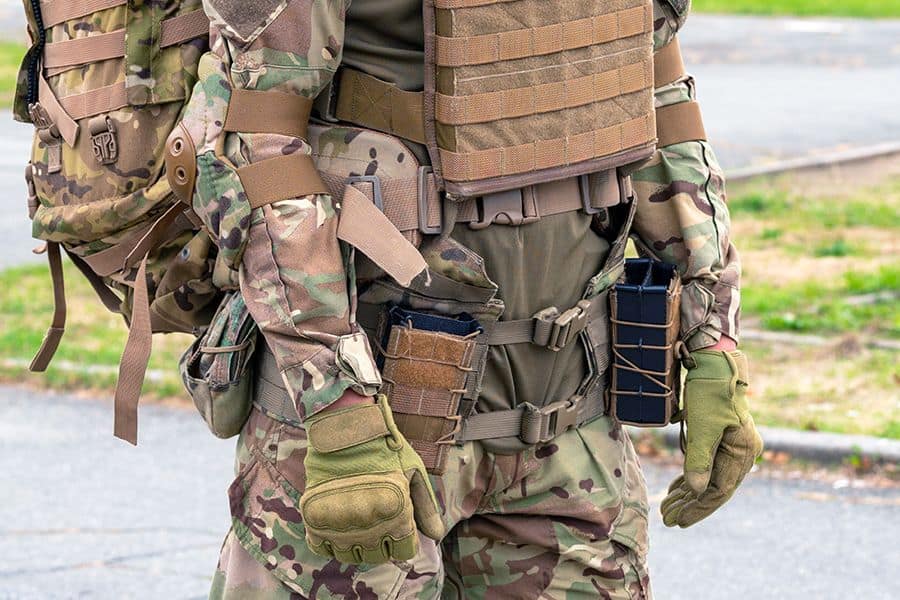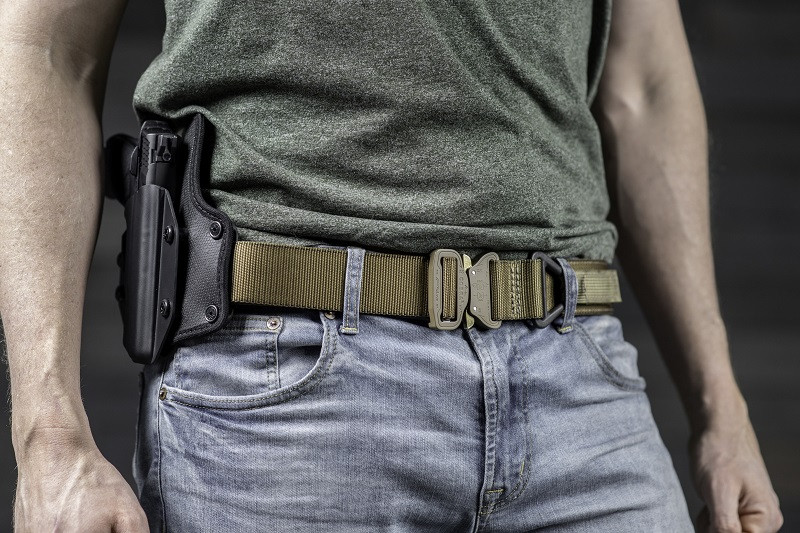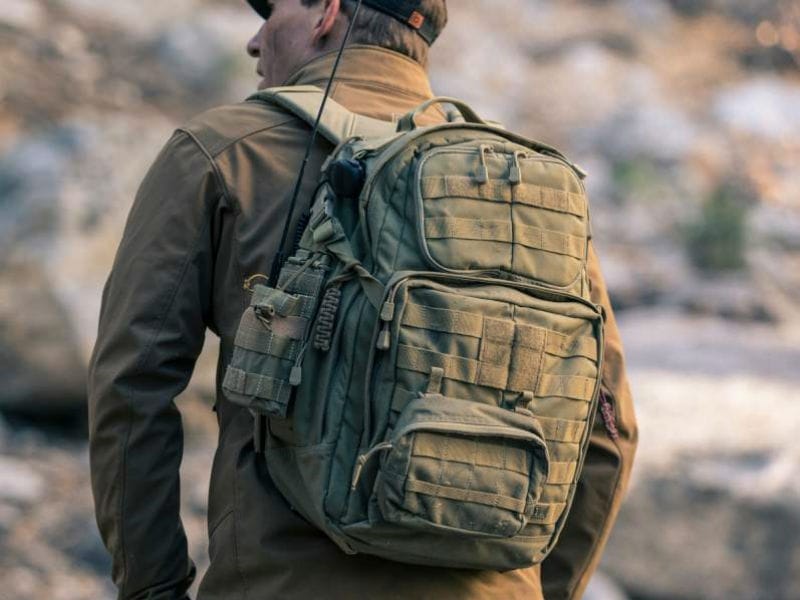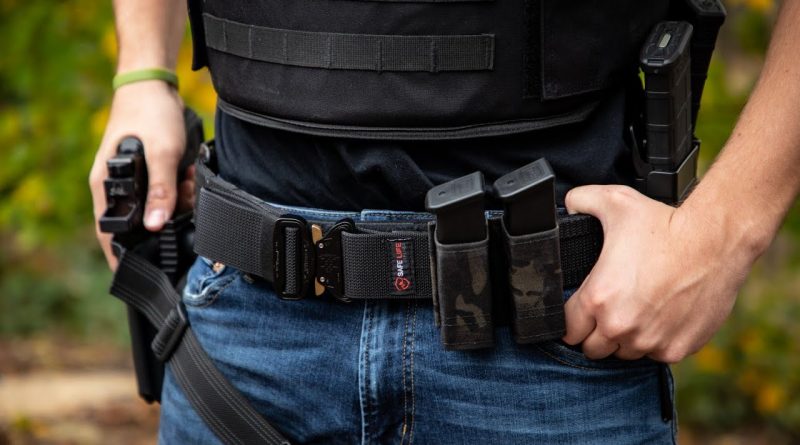A Simple Guide to Buying Tactical Gear Essentials
You’ve probably heard the phrase “tactical gear” at some point in your life but didn’t know what it represented. It’s pretty simple. Because of its unique function, tactical gear differs from traditional clothes. It’s widely regarded as the equipment members of the armed forces, firefighters, and law enforcement use to perform their duties. This term appeared as a marketing ploy so people could pass excess military gear without having to use the word “military”. People liked the term and the clothes, so they became widely popular. Tactical gear developed a lot through the years while fulfilling the needs of its users.
Who Uses Tactical Gear?

Tactical clothes and gear have a specific purpose and are very practical. Tactical equipment can serve various functions, depending on the individual. For instance, tactical clothing for the police differs from that for military or security forces. Also, the gear for civilians, such as hunters, campers and hikers, is different. If police officers need a bulletproof vest, the hunters’ vest needs more pockets for their supplies. For instance, you can spot a noticeable difference when you buy a tactical belt for a hunter and an army soldier. Besides clothes, you can also find tactical flashlights, knives, binoculars, sunglasses, night-vision goggles and much more.
Essential Pieces of Tactical Gear
Tactical Belts

Tactical belts are made from highly durable nylon webbing. Law enforcement and the military use it as a part of their uniform, but civilians can use it as an everyday belt as well. It usually has a simple, quick-releasing unbuckling mechanism or a locked one. It can have features such as a Velcro liner belt or a V-ring for cargo rigging. There are several different types of belts with their characteristics, and the simplest way to categorise them is by their width and thickness.
Duty Belts
These are the largest military belts, with a width of at least 5cm. They can hardly keep your pants in place and are ideal for wearing outside your clothes and carrying objects and gear around the waist. This style of belt is too bulky to wear during exercise or outside. This design is most appropriate for police officers in uniform or armed citizens.
Rigger’s Belt
The width of a rigger’s belt is about 4.5cm. Although it might be more durable than a conventional belt, a duty belt is more robust. You can wear it with any trousers that have belt loops. When you buy this tactical belt, you get the best of duty and a standard belt because it’s a perfect blend of both. You can use it as a training belt, competition belt or an EDC one.
Tactical EDC Belt
This tactical EDC belt is more discrete and ideal for individuals who like a simple style. It’s 3.8cm wide, and when you wear it, it doesn’t leave a big impression on people. Stronger than their leather cousins, the greatest tactical EDC belts are made of metal. This fashion is more robust than it appears to be. Holsters, weapons, and other items you like to take with you daily will fit perfectly in it. You can use it as a fighting belt when paired with a kidney pad.
Backpacks

When we say tactical gear, you may think about guns, walkie-talkies, or other technological innovations. Still, you should never forget one of the simplest yet practical items, the backpack. They’ve also undergone some impressive innovations—most in terms of the material, pockets, durability, ventilation and much more. This modern backpack looks like a technological marvel when you compare it to the old-school duffel bag. You can find it in different sizes, depending on your needs.
Nylon is the most commonly used material. It’s very durable and wear and tear-resistant. Polyester is also plastic-based. It’s strong, dries quickly and won’t react to chemicals. Plus, it’s very lightweight. Polypropylene is not so commonly used even though it is chemical and water-resistant. Canvas is used less and less because of its weight. But nowadays, scientists are looking for ways to make canvas lighter, and they’re doing a great job. Additional features such as a frame, ventilation for reducing sweating on the back, excellent padding for the shoulders and hips, and many pockets sewn in different positions make the backpack even better and more practical.
Boots
Lightweight, durable and comfortable boots are crucial for any hiker, camper, police officer, firefighter or soldier. People that wear them need to be agile and move fast. They should offer good support and give you the best possible traction in any situation. These boots need to be easy to put on and take off, so there are no complicated lacework or fragile zippers. A waterproof exterior membrane will be a great addition to protecting you from weather conditions and preventing moisture from appearing inside the boot. Moisture can form harmful bacteria that can lead to infections, and we all know how bad that can be.
Gloves
Gloves are necessary if you’re planning activities that require climbing with your hands and feet, such as scaling walls, climbing ropes or digging holes. This can cause injuries to your hands, so gloves are a must-have. Some tactical gloves have a specific lining to guard against harsh weather and pressure-point padding to reduce the risk of injuries and protect you in combat. Modern materials allow us to work our mobile phones or touchscreen technology without taking them off. This is due to the fast development of technology and its usage in every possible aspect of life. Some gloves have adjustable wrists that allow you to feel more comfortable. Some of the most commonly used materials to make gloves are:
- Leather;
- Kevlar;
- Neoprene;
- Rubber;
- Nylon;
- Spandex;
- Polyester;
- Nomex.
To Summarise
This type of clothing was mainly created for military purposes, but it somehow became an everyday attire for some people. Either way, we know that it’s high-quality, worth every cent and will keep you protected in your time of need. Before choosing, consider the material, durability, fit and practicality. These are the main factors that influence what tactical gear you should get.

